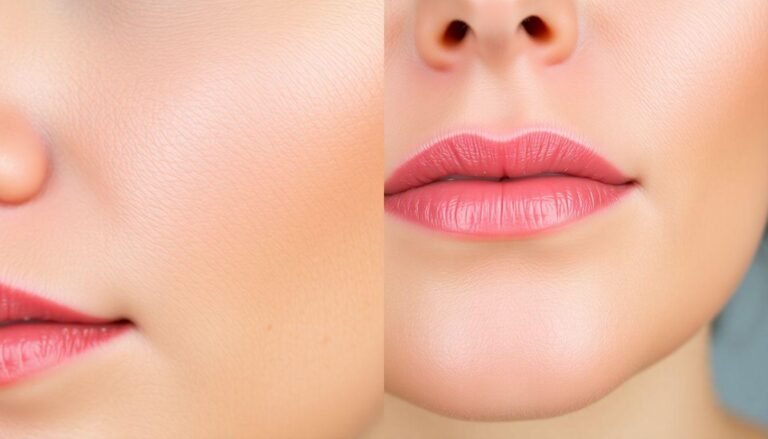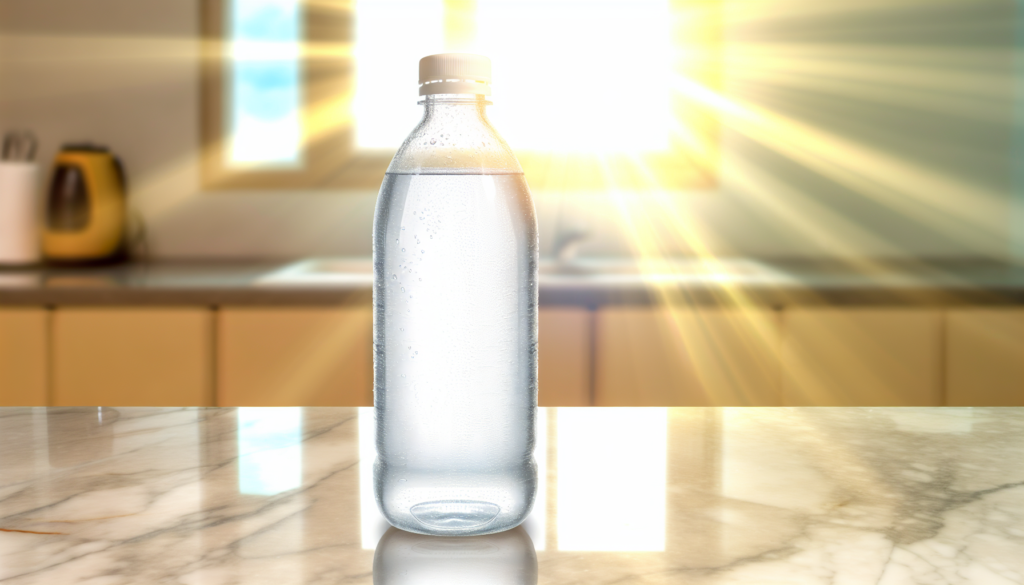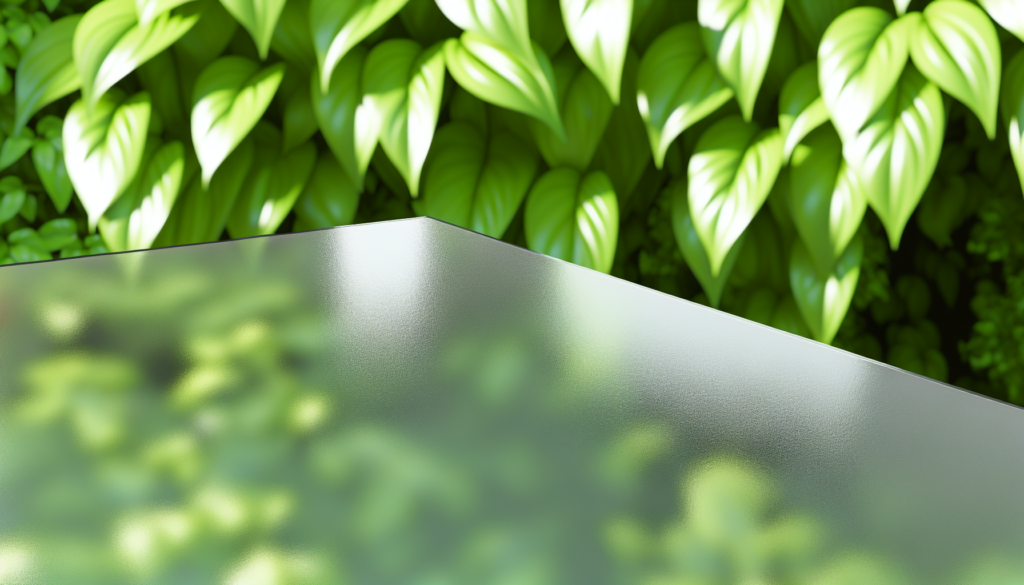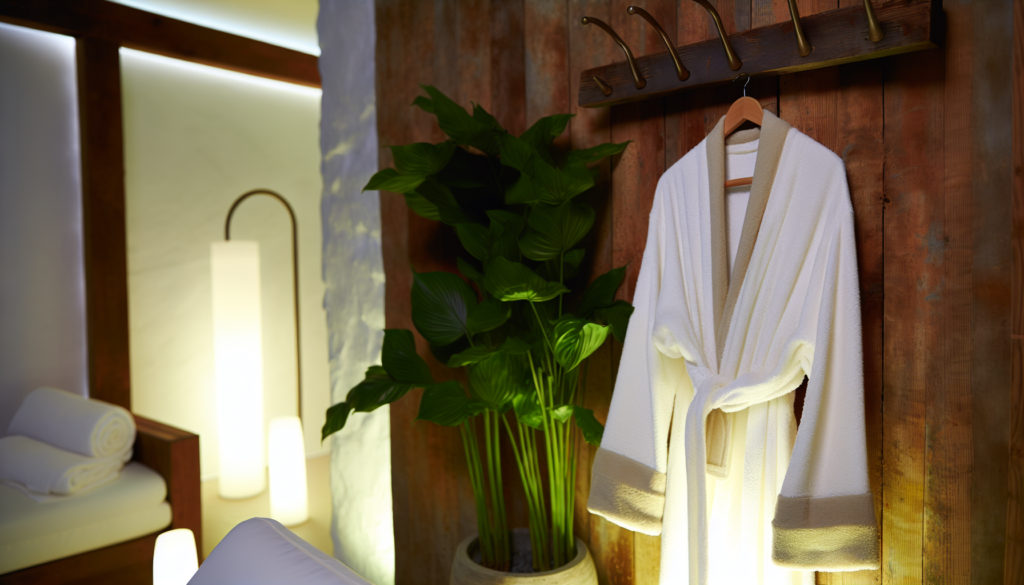Dealing with bumpy textured skin can be frustrating and impact our confidence. Whether it’s those tiny bumps on your arms, rough patches on your cheeks, or uneven texture across your face, many of us have struggled with skin that just doesn’t feel smooth to the touch. The good news? You’re not alone, and there are effective ways to address this common concern. Bumpy textured skin can result from various factors including keratosis pilaris, acne, dry skin, or even environmental damage – but with the right approach, you can achieve the smooth, radiant complexion you’ve been dreaming of.
Understanding Bumpy Textured Skin: What Causes It?
Before diving into solutions, let’s understand what we’re dealing with. Bumpy skin texture typically shows up as small, rough patches that feel uneven when you run your fingers across your skin. Common causes include:
Once you understand what’s behind your specific texture issues, you can target treatments more effectively. Now, let’s explore those seven solutions promised in the title!
1. Gentle Exfoliation: Slough Away Dead Skin
Regular exfoliation is perhaps the most important step in combating bumpy skin. It removes the buildup of dead skin cells that can cause texture issues in the first place.
Chemical Exfoliants: The Game Changers
Chemical exfoliants work by dissolving the bonds between dead skin cells rather than physically scrubbing them away. They tend to be gentler and more effective for improving texture.
Look for products containing:
Start with a lower concentration (around 5%) and use 2-3 times weekly, gradually increasing frequency as your skin adjusts.
2. Consistent Hydration: Moisture is Key
Dehydrated skin often appears more textured and feels rougher. A well-hydrated complexion allows for better cell turnover and a smoother appearance.
Incorporate hydrating ingredients like:
Don’t forget to drink plenty of water! Internal hydration is just as important as what you apply topically.
3. Retinoids: The Texture Transformers
Retinoids are vitamin A derivatives that increase cell turnover and stimulate collagen production. They’re considered the gold standard for improving skin texture, tone, and overall appearance.
Finding Your Perfect Retinoid
Options range from over-the-counter retinols to prescription-strength tretinoin. If you’re new to retinoids, start with a lower concentration and use it just 1-2 times weekly, gradually building up tolerance.
Remember the retinoid rules:
4. Regular Professional Treatments
Sometimes at-home care needs a boost from professional treatments to really tackle stubborn texture issues.
In-Office Options Worth Considering
These typically require multiple sessions for best results and should be performed by licensed professionals.
5. Incorporate Niacinamide
Niacinamide (vitamin B3) is a multitasking ingredient that helps regulate oil production, minimize pores, strengthen the skin barrier, and reduce inflammation—all factors that can contribute to bumpy skin.
Look for serums or moisturizers containing 5-10% niacinamide. It’s gentle enough for most skin types and plays nicely with other active ingredients, making it easy to incorporate into your routine.
6. Don’t Skip Sunscreen
Sun damage is a major contributor to uneven skin texture. Daily sun protection is non-negotiable if you want to maintain smooth skin.
Choose a broad-spectrum SPF 30+ and reapply every two hours when outdoors. Many modern formulas are lightweight and won’t clog pores or feel heavy on the skin.
7. Address Internal Factors
Sometimes the path to smoother skin starts from within. Consider these internal approaches:
Don’t underestimate the power of these lifestyle factors in your journey toward smoother skin!
Creating Your Texture-Smoothing Routine
The key to success is consistency and patience. Here’s a simple framework for building your routine:
Morning:
1. Gentle cleanser
2. Hydrating toner (optional)
3. Antioxidant serum (vitamin C works well in the morning)
4. Moisturizer
5. Sunscreen
Evening:
1. Double cleanse (oil or balm cleanser followed by water-based cleanser)
2. Exfoliating treatment (2-3 times weekly)
3. Retinoid (start 1-2 times weekly)
4. Niacinamide or other treatment serums
5. Rich moisturizer
Remember that results take time—typically at least 4-6 weeks before you’ll see significant improvements in bumpy skin texture. Be patient and gentle with your skin throughout the process.
Achieving smooth, even-textured skin is a journey rather than a quick fix. By understanding the causes of your texture concerns and consistently applying these seven solutions, you’ll be well on your way to the radiant, touchably soft skin you desire. The most important thing is finding what works for your unique skin and sticking with it. With patience and the right solutions for textured skin, those bumps will become a thing of the past.







